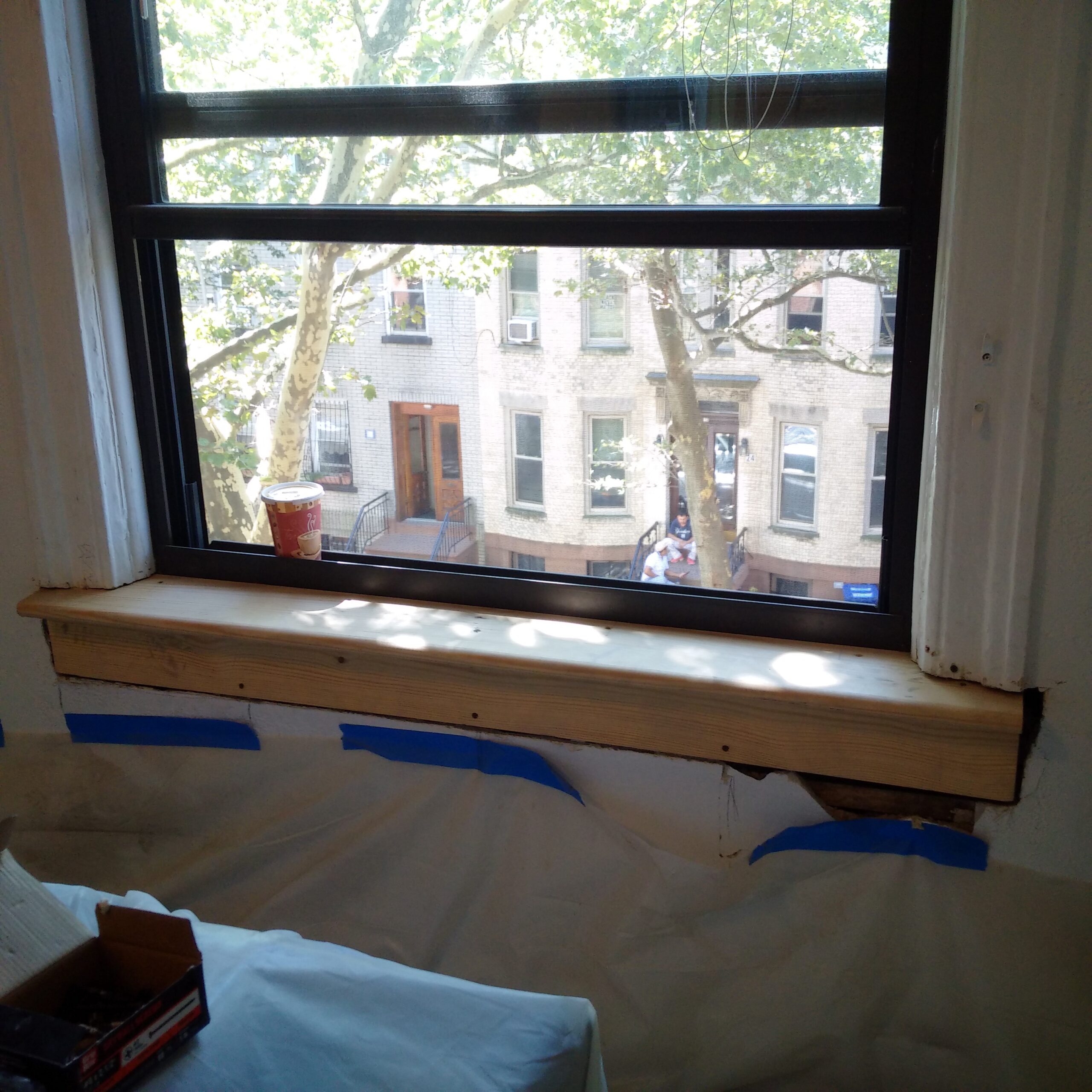Professional Lead Violation Removal in NYC-- Protect Versus Wellness Hazards
Wiki Article
Important Tools and Techniques for Efficient Lead Infraction Cleaning
Attending to lead violations successfully demands an extensive approach that mixes the right tools with critical methodologies. The very first step includes furnishing workers with Personal Safety Devices (PPE) to safeguard their health and wellness. Simultaneously, using specialized cleaning tools, such as HEPA vacuum cleaners and lead-specific cleansing representatives, is crucial for complete impurity removal. Effective control methods, including plastic sheeting and adverse atmospheric pressure systems, are vital to protect against the spread of dangerous products. Safe disposal practices and stringent adherence to regulative guidelines make sure responsible handling of toxic waste. But what are the nuanced approaches that genuinely make a difference?Individual Safety Equipment
Personal safety equipment (PPE) is an important part in the reliable management of lead contamination clean-up. The essential PPE for lead cleanup includes respirators, safety clothes, handwear covers, and eye protection.Respirators, specifically those outfitted with HEPA filters, are important for filtering air-borne lead particles, avoiding inhalation. Proper fit and seal checks are vital to ensure their effectiveness. Protective clothes, consisting of coveralls and disposable matches, protects against lead dirt from sticking to workers' garments, minimizing the risk of secondary contamination. Handwear covers, commonly constructed from nitrile or latex, secure the skin from straight call with lead, while safety goggles or full-face shields protect the eyes from dust and particles.
Furthermore, rigorous training on the proper use and maintenance of PPE is important. Employees should be enlightened on donning and doffing treatments to stay clear of contamination. Regular evaluations and substitutes of PPE parts are needed to keep their safety capacities, ensuring a secure and compliant clean-up procedure.
Specialized Cleanup Tools

Another vital tool is the wet/dry vacuum, which can successfully tidy up both dirt and liquid impurities. These vacuum cleaners typically feature HEPA filters to supply an extra layer of safety and security. Wet wipes or tack towels are additionally essential for surface area cleaning; they are specifically created to catch and hold lead bits, lowering the threat of spreading contamination.
For even more stubborn down payments, specialized lead-removal cleaner are needed. These agents are created to damage down lead particles, making them easier to get rid of. Scrub brushes with sturdy bristles can aid in this process, particularly on harsh surfaces where lead dust has a tendency to adhere much more strongly.
In addition, encapsulants are utilized to seal lead-contaminated surfaces, stopping the launch of lead dirt. These specialized paints and layers are made to comply with different substratums, offering a lasting solution for lead control.
Effective Containment Methods
Effective control methods are essential in reducing the spread of lead contamination throughout cleanup tasks. Carrying out durable control techniques ensures that lead particles do not migrate to unaffected areas, thereby protecting both workers and the atmosphere (DOH & HPD Lead Violation Removal NYC).
To boost control, encapsulants can be put on surfaces that are not being removed or disturbed. These specialized coatings bind lead dust, minimizing its schedule for resuspension. In addition, all workers have to use appropriate Personal Safety Equipment (PPE), including respirators and disposable suits, to avoid contamination spread.
Safe Disposal Practices
Making certain secure disposal techniques is an important component in the administration of lead contamination cleaning. Appropriate disposal mitigates the threat of lead coming back the atmosphere and threatening public wellness (DOH & HPD Lead Violation Removal NYC).Transferring lead waste calls for adherence to stringent guidelines. Using licensed contaminated materials service providers makes sure that the products are taken care of properly. Paperwork, consisting of shows up describing the kind and amount of waste, ought to come with deliveries to track the waste from the website of beginning to its final disposal destination.
Designated contaminated materials disposal facilities are equipped to take care of lead-contaminated products safely. These facilities typically use advanced methods such as stablizing, solidification, or chemical treatment to neutralize the lead prior to disposal. Landfilling in specialized, lined areas that protect against leachate from infecting groundwater is an usual practice for last disposal.
Regular training for personnel involved in lead garbage disposal is critical to maintain security requirements and protect against accidental exposure. By adhering to these practices, companies can considerably reduce the ecological and health effects connected with lead contamination.
Regulatory Compliance Tips

Sticking to regulative conformity is vital in the effective implementation of lead contamination clean-up. Understanding and adhering to government, state, and neighborhood regulations guarantees not only the safety and security and health of people however also the lawful and economic wellness of the cleaning organization. The Epa (EPA) sets stringent standards, such Lead Violation Removal in NYC as the Lead Restoration, Repair Work, and Painting (RRP) Guideline, which mandates proper certification and training for contractors taking care of lead-based activities.
Compliance starts with a thorough assessment of appropriate regulations and laws. Organizations must remain upgraded on any kind of legal adjustments, which can be assisted in with normal training sessions and registering for sector updates. Documents is one more vital compliance aspect; keeping thorough records of all tasks, including inspection reports, worker training logs, and disposal materializes, is important.
In addition, involving with accredited lead examiners or risk assessors makes certain that lead risks are properly identified and alleviated. Employers need to impose the use of Personal Safety Tools (PPE) and make sure that safety protocols are purely adhered to. Finally, clear interaction with stakeholders, including workers, customers, and regulative bodies, will certainly promote a society of compliance and responsibility, eventually adding to a much safer and more reliable lead clean-up process.
Conclusion
Reliable lead infraction cleanup necessitates the integration of specialized tools and calculated approaches to guarantee safety and effectiveness. Individual safety devices (PPE) safeguards employees from direct exposure, while risk-free disposal practices and strict adherence to regulatory conformity are vital for responsibly taking care of unsafe waste.Report this wiki page